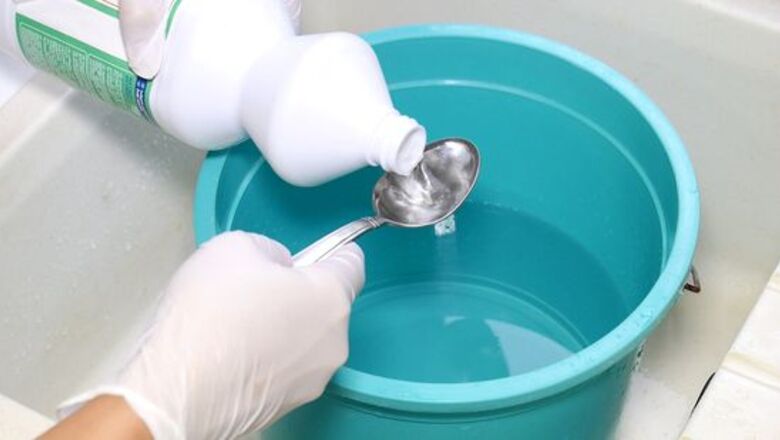
views
X
Trustworthy Source
State of Massachusetts
Official website for the State of Massachusetts
Go to source
Fortunately, it’s easy to sanitize your water cooler with simple household products you likely already have at home. In this quick guide, we’ll show you how to disinfect the inside of your top or bottom-loading water cooler with bleach or vinegar, clean the exterior of your dispenser, and reinstall a new water bottle. Read on to learn how!
- Unplug the water dispenser, remove the water bottle, and drain any water in the reservoir. Then, lift off the no-spill guard and baffle.
- Add 1 tbsp (15 mL) of bleach into 1 gal (3.8 L) of water and fill the reservoir ⅓ full with the solution. Scrub the reservoir and let the bleach sit for 10 minutes.
- Drain the solution into a bucket and then rinse the reservoir with water 2 to 3 times.
Mixing the Cleaning Solution
Pour 1 gallon (3.8 L) of water into a bucket. Whether you’re using a bleach or vinegar solution, start with a base of water. Simply get out a large bucket with a handle and pour in 1 gallon (3.8 L) of water. Using an easy-to-handle bucket helps prevent spills when you pour the solution into the water dispenser. Warning: Never mix bleach with vinegar or other household cleaners. The mixture can release a harmful gas that’s dangerous to breathe in.
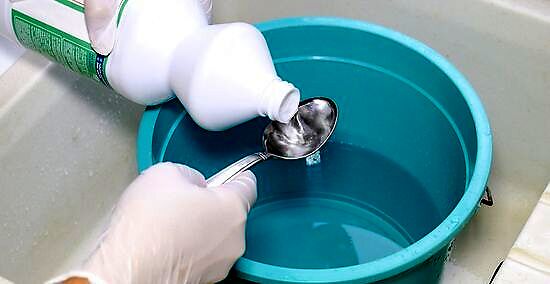
Add 1 tablespoon (15 mL) of chlorine bleach into the water. Put on a respirator mask and gloves to protect yourself against the bleach’s fumes and any spills. Then, pour 1 tablespoon (15 mL) of liquid chlorine bleach into the bucket with 1 gallon (3.8 L) of water. Mix the solution together gently. Use unscented bleach to help limit harsh smells and make flushing the bleach easier. Mix the solution in a well-ventilated area that can tolerate spills, such as your kitchen sink.
Alternatively, pour 5 ⅓ cup (1.3 L) of white vinegar into the water. If you don’t want to clean with bleach, distilled white vinegar is a less harsh alternative. Just mix in 1 part white vinegar for every 3 parts water, which is 5 ⅓ cups (1.3 L) of vinegar for 1 gallon (3.8 L) of water. Note: While vinegar can kill some common germs and bacteria, it is not as effective as other disinfectants like chlorine bleach. Vinegar is a great option if you are dealing with hard water and mineral deposits. To reduce the scent of the vinegar, add 1 to 2 tablespoons (15-30 mL) of lemon juice to the solution.
Disinfecting the Reservoir
Unplug the cooler, remove the water bottle, and drain the reservoir. To safely clean your water cooler, unplug it from the wall. Then, lift out the water bottle. Some water might remain in the reservoir after taking out the bottle, so lift up the cool tap (and any other taps your cooler has) to drain it into a bucket. If your water cooler has a hot water tap, turn off the heater by flipping the switch on the back of the machine before you unplug it. If there are other electronics plugged into the outlet, unplug them too. This prevents any possibility, however small, of water meeting live electricity. Time your cleaning when the water bottle is empty, as this makes removing it easier.
Lift out the no-spill guard and baffle inside the reservoir. If you have a top-loading water dispenser, look for a funnel-shaped no-spill guard that covers the top of your machine. Either align the arrows on the piece to remove it, or simply lift up on the notch. Then, reach into the exposed reservoir and lift out the disk-shaped baffle piece. In a water cooler, a baffle is typically a plastic disc or pane that directs the flow of water. If you’re having trouble finding the no-spill guard and baffle, check your water cooler’s manual for their specific locations and removal instructions.
Fill ⅓ of the reservoir with your cleaning solution and scrub the inside. Pour your bleach or vinegar solution directly into the water reservoir until it’s about ⅓ full. Then, use a sponge or scrub brush with a long handle to scrub the inside of the reservoir. This helps remove any stuck-on dirt or mineral deposits inside. If you’re cleaning with bleach, wear gloves as you scrub to protect your hands from getting irritated. For bottom-loading dispensers: Set the water pump directly in the bucket of cleaning solution. Then, drain about half of the solution into a new bucket using the tap (or taps, if you have more than one). Let the remaining solution sit in the cooler.
Let the cleaning solution sit for 10 minutes and then drain it. Simply leave the cleaning solution in the reservoir for 10 minutes to let it work its disinfecting magic. Then, drain the solution through the tap and into a separate container. Dispose of the bleach or vinegar solution by pouring it down the sink or toilet. If you have cool and hot taps, drain the solution using both to clean them out. For bottom-loading dispensers: Drain the rest of the remaining solution into a bucket using the tap (or taps).
Rinse out the reservoir with water 2 to 3 times. To remove any traces of bleach or vinegar in your dispenser, fill the reservoir with fresh water. Then, drain it through the tap (or taps, if you have more than one) and into a bucket. Just repeat the rinsing process with fresh water about 2 to 3 times. For bottom-loading dispensers: Fill a bucket with fresh water and insert the water pump. Then, drain the water through the taps.
Wash the no-spill guard and baffle with dish soap and reinstall them. Fill a bucket or your sink with warm water and several drops of liquid dish soap. Then, use a sponge to scrub the no-spill guard and baffle. Rinse off the soap with water and let the pieces air dry. When the pieces are fully dry, reattach them to the water dispenser. If your no-spill guard has an air filter on it, do not get it wet. Simply lift off the small air filter piece before cleaning the guard.
Cleaning the Exterior and Water Bottle
Scrub the drip tray with dish soap and replace it once dry. Simply lift off the drip tray below the water faucets. Then, fill a bucket or your sink with warm water and dish soap and scrub the tray with a sponge. Rinse the piece with water and let it air dry before returning the tray to the dispenser. If the tray has a screen or grill underneath it, scrub it with soapy water, too.
Clean the taps and outside of the dispenser with disinfecting wipes. The exterior of your water cooler gathers dust and germs that need to be cleaned off regularly, too. Just grab a disinfecting wipe and scrub the water faucet tap (or taps). Then, wipe down the top and sides of the dispenser. Alternatively, wet a washcloth with warm water and dish soap and wipe down the tap and dispenser. Dust off the vents on the back of the dispenser with a duster, too.
Wash your hands and wipe the water bottle with your cleaning solution. Before you handle the new water bottle, wash your hands thoroughly for at least 20 seconds. Then, wet a soft washcloth with the remainder of your bleach or vinegar solution and use it to clean and disinfect the top and neck of the bottle. If you don’t have any cleaning solution left, wipe the top and neck of the bottle with rubbing alcohol or disinfecting wipes. Use a clean towel to dry off the bottle after cleaning it.
Install the new bottle and check that the dispenser works. Remove the cap on top of the new bottle and place it on top of the dispenser. Tighten the bottle to ensure it fits snugly and watch for air bubbles rising to the top; this indicates that the bottle is sealed to the dispenser. Then, plug in the dispenser and fill a glass of water, sipping it to make sure there’s no unpleasant taste. For bottom-loading dispensers: Take off the water bottle’s cap and insert the water pump. Push it down until the lid clicks in place and the pump reaches the bottom of the bottle. Then, place the bottle inside the bottle cabinet. Test each faucet if your dispenser has more than 1 tap. If your water tastes funny, remove the bottle and flush the dispenser with water using the steps mentioned in the section above.










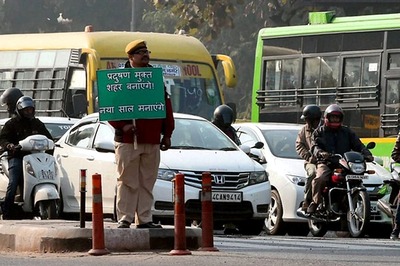

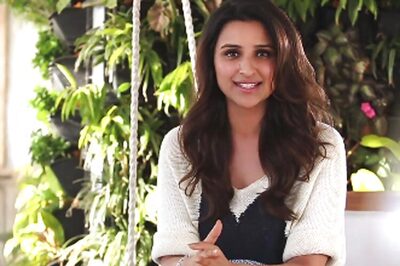


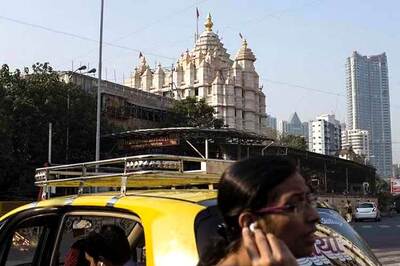
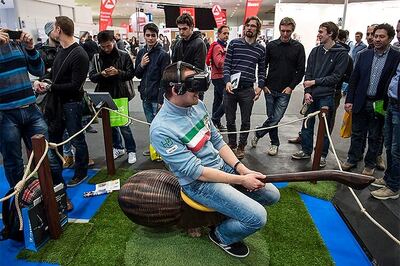



Comments
0 comment